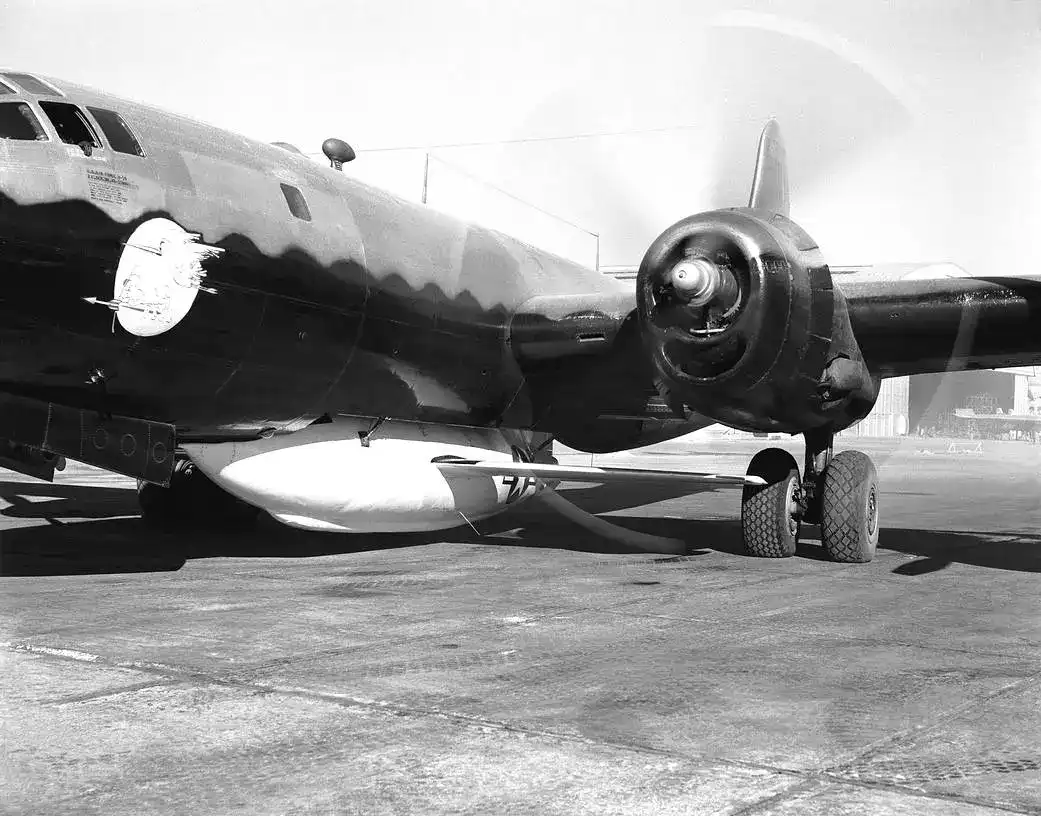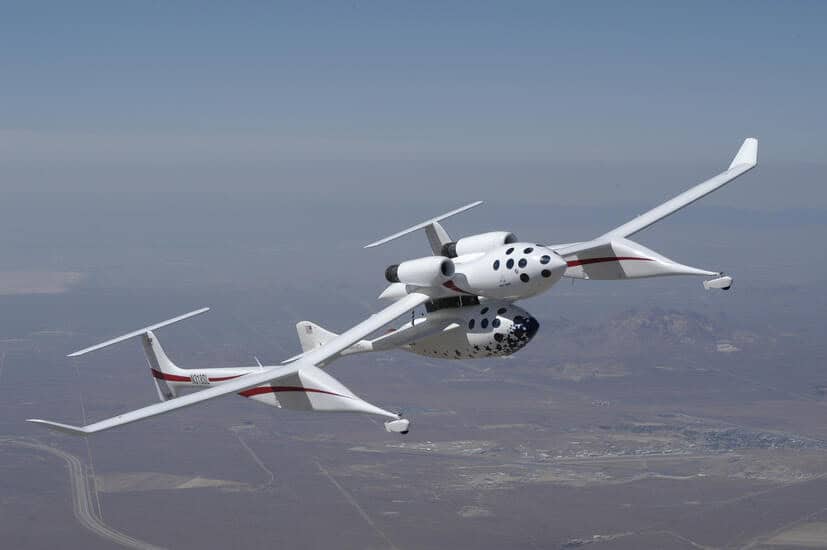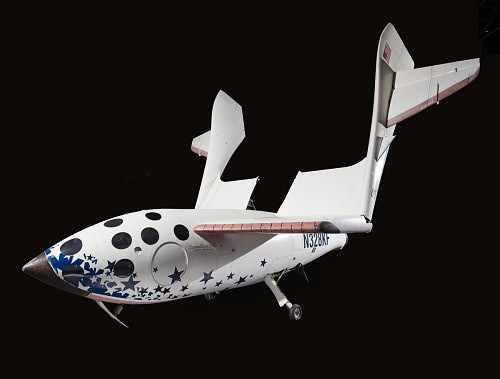With its unique slip-wing design, the Hillson FH.40 Hurricane transformed during flight by jettisoning its upper wing and changing from a biplane to a monoplane. The FH.40 slip-wing fighter was experimental, but it did reach prototype stage. Later aircraft went beyond this and jettisoned entire aircraft.
Slip-Wing Design Had Better Takeoff and Lift Than Monoplanes
During World War II, during the Battle of Britain, aircraft manufacturer F. Hills and Son Ltd (usually called Hillson) became interested in developing a slip-wing fighter. A slip-wing design is basically a monoplane carrying an upper wing that it can jettison during flight. The upper wing makes the aircraft a biplane, and it has several advantages over its single-wing configuration.

The key advantage of the slip-wing is that the additional wing produces more lift, giving the aircraft the better short takeoff and faster climb ability of a biplane. This advantage was critical during the war as aircraft carried increasingly heavier payloads. Also, planes often had to operate from airfields that had been shortened and damaged due to enemy fire.
Hillson proposed their design for their slip-wing fighter as a model they could easily mass produce and fly from a medley of airfields. In 1940, the British Air Ministry agreed to allow Hillson to move ahead with the project and gave them a used Hurricane Mk 1 fighter to test with the slip-wing concept.
Aircraft Would Jettison Upper Wing After Takeoff
The upper wing of the Hillson slip-wing fighter was the same size and airfoil shape as the lower wing. A key difference was that the upper wing had no control surfaces, as is typical on biplanes.
Hillson attached the upper wing to the lower fuselage with five struts: one on top of the canopy and four on each wing. The wing and struts added 340 pounds to the aircraft. The design concept was for the Hillson FH.40 to take off and then mechanically jettison the upper wing and struts. The initial plan was to drop the wing over water to avoid it striking people or buildings.
Advantages of Monoplane Configuration
The FH.40 operated differently in its two configurations while flying. It was faster as a monoplane than as a biplane. Also, once it jettisoned the wing, it experienced a sudden loss of lift and would drop several hundred feet. Designers discovered that its max speed as a biplane was less than its stall speed as a monoplane.
The monoplane was faster because it produced less drag than the biplane configuration. The thickness of the lower wing also allowed it to have retractable landing gear, which fit inside the wing, reducing drag even more.
The Hillson FH.40 Hurricane never made it into production. By the time testing proved the concept could work, it was 1944, the Battle of Britain was over, and the Air Ministry scrapped the project.
Following the Second World War, the concept of having aircraft jettison items did not go away, even though the slip-wing design did not come back. Several designs appeared that had larger aircraft carrying and then jettisoning smaller aircraft.
Slip-Wing Concept Followed by Other Designs With Jettison Features
One of these ideas was that the B-29 Superfortress would carry a smaller Bell X-1-2 jet, resulting in one of the most well-known missions ever flown. On 14 October 1947, a B-29 carried and dropped the Bell X-1 with Captain Chuck Yeager at the controls. Yeager famously piloted the X-1 past the speed of sound.

Another design involving two separate aircraft was the SpaceShipOne (SS1) suborbital spacecraft. Scaled Composites designed it to take off and launch from the White Knight high-altitude carrier aircraft.
Following Detachment from Other Aircraft, SpaceShipOne Soared To 62 Miles
SS1 had a nitrous-oxide hybrid rocket powerplant that could carry the three-passenger aircraft up to an altitude of 62 miles. It reached Mach 2 on its first powered flight. When descending, its twin tails folded upwards, but they extended out in a conventional position for landing.

Following successful flights in September and October 2004, the SS1 won the Ansari X-Prize. This prize was a $10 million award for the first privately funded spacecraft to carry three passengers up to 62 miles, land safely, and repeat the mission within two weeks. The SS1 was designed to be an experimental aircraft and never went into production.

